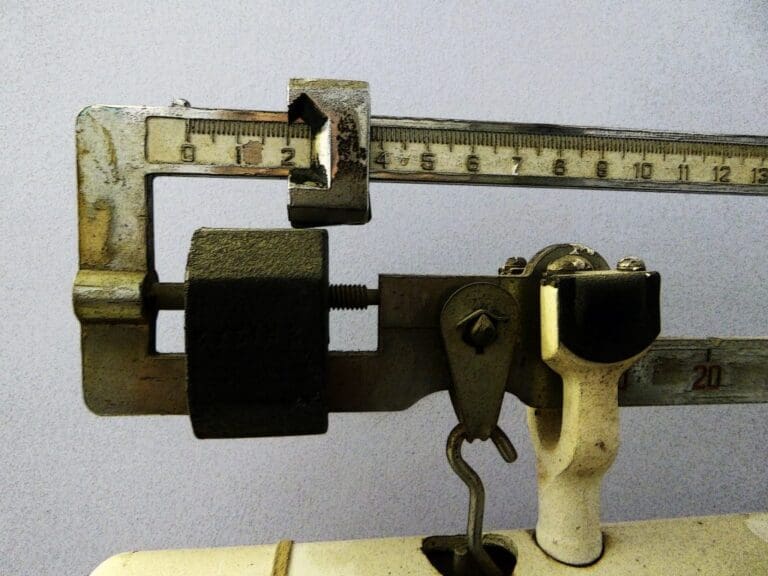The so-called “productivity puzzle” just does not go away.
The October, employment figures released by the Office for National Statistics (ONS) brings it into focus.
The number of people in work rose to a new record high of 32.1m, with an increase of around one per cent compared to a year ago.
Total output, measured by GDP, continues to rise, but modestly. We do not yet have official estimates for the year to October, but GDP seems to be up by some 1.5 per cent.
Productivity is defined as output per worker, so it is only around 0.5 per cent higher than a year ago. No scientific consensus has yet emerged to explain why productivity growth continues to be so low.
But there is increasing evidence that the rate of growth of output is being systematically underestimated.
The economy cannot be put in a set of scales and measured. Its size has to be estimated, and the ONS uses a wide variety of methods to do this.
The fundamental problem is that the foundations for estimating GDP were built in the 1930s and 1940s, when the economy was dominated far more by manufacturing. Measuring how many things have been produced is inherently easier than measuring services.
The ONS does not stand still, and tries to take account of the massive changes in the economy which have taken place. But the rise of the internet economy brings entirely new problems to solve.
A key one is what the futurologist Alvin Toffler many years ago called the “prosumer” sector.
Traditionally, products are developed and sold by companies, and consumed by, well, consumers.
In the prosumer sector, consumers themselves participate in the production and development of products and services.
A good example is the statistical package R. This is open source, and freely and readily downloadable by anyone.
In recent years, R has become the package of choice for young scientists in a wide range of disciplines around the world. They both use it, and contribute to its development by uploading their own algorithms.
A huge range of routines can be downloaded. Its graphics features are amazing. Software is appearing on it that has the potential to take on commercial giants such as Word and Powerpoint.
It has become a very valuable tool for scientific research, using the word “valuable” in its every day sense of the word. But it is run by a small not-for-profit foundation, so in ONS terms its value is close to zero.
The problem is that R is what economic theory describes as a “public good”.
This jargon phrase applies to anything where anyone can consume it, and where the supply never runs out. No matter how many people use R, it is always available for the next person.
For most goods and services, this is just not true. When I put my swimming towel on the pool lounger, it is no longer available to you.
The prosumer sector creates a lot of output. But economics has not yet solved the question of how to value public goods.


